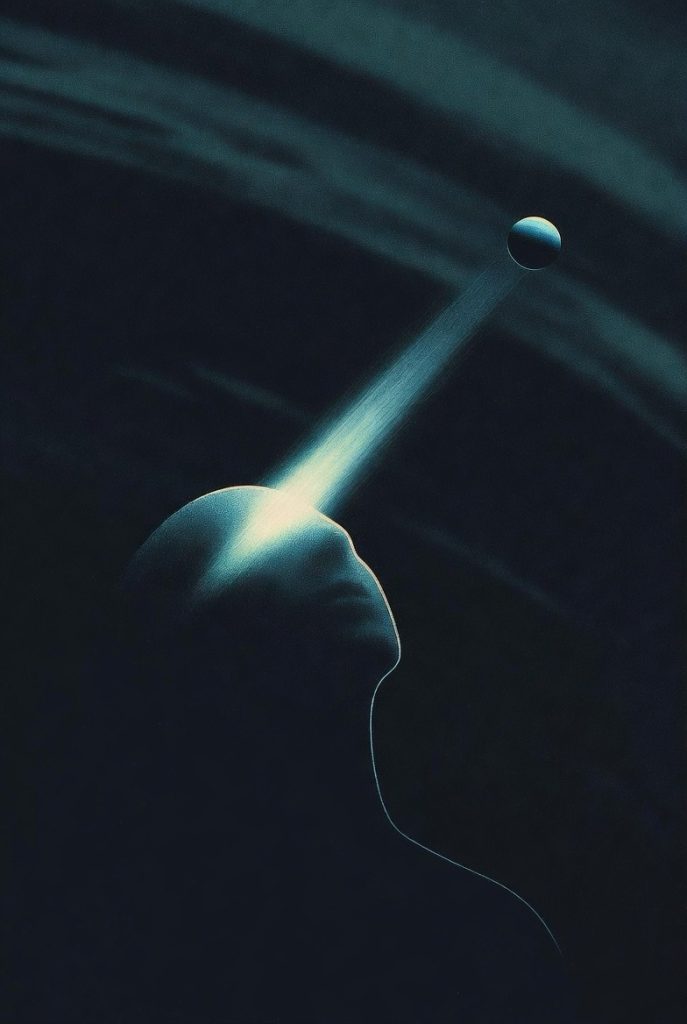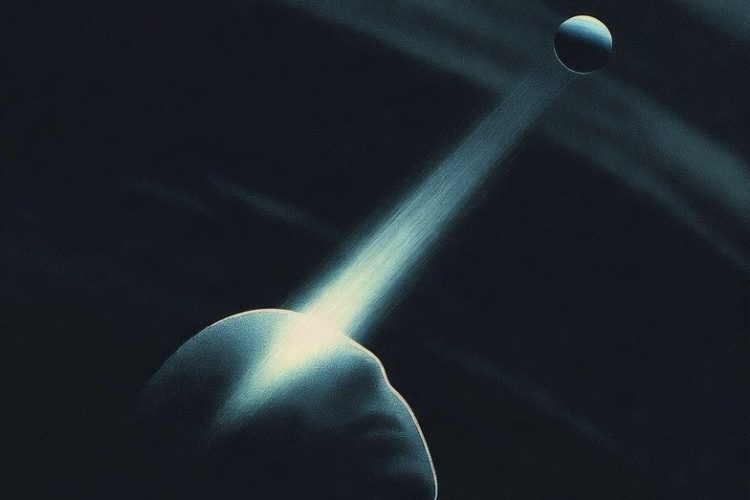The Stargate Project was a secret U.S. Army program launched in 1977 at Fort Meade, Maryland, to test psychic abilities like remote viewing, ESP, and clairvoyance for military intelligence. Run by the DIA and CIA, it aimed to close a perceived psychic warfare gap with the Soviet Union during the Cold War. Key figures included physicists Hal Puthoff and Russell Targ at Stanford Research Institute, and viewers like Ingo Swann, Pat Price, and Joseph McMoneagle. Sub-programs included Grill Flame, Sun Streak, and Scanate. Viewers used coordinates to describe hidden targets, producing sketches and reports. Despite some accurate hits—like locating downed planes or Soviet sites—results were inconsistent. A 1995 review found no reliable intelligence value, leading to shutdown. Over $20 million was spent before declassification revealed 89,000+ pages of experiments. Though dismissed as pseudoscience, Stargate remains a landmark in government parapsychology research.
Long Version
Stargate Project
The Stargate Project was a clandestine government program initiated by the US Army and the Defense Intelligence Agency (DIA) in 1977 at Fort Meade, Maryland, aimed at exploring psychic phenomena such as remote viewing, extrasensory perception (ESP), clairvoyance, telepathy, psychokinesis, and out-of-body experiences for potential military applications in espionage and intelligence gathering. This initiative emerged amid the Cold War tensions, driven by concerns over a perceived psychic warfare gap with the Soviet Union (USSR), which was believed to be advancing in parapsychology and psychotronics. The project, often shrouded in secrecy as a Special Access Program (SAP) with Limited Dissemination (LIMDIS) protocols, evolved from earlier efforts and encompassed sub-programs like Grill Flame, Gondola Wish, Sun Streak, and Scanate. It was ultimately terminated and declassified in 1995 following evaluations that questioned its operational utility, though it remains a landmark in the study of psychoenergetics and anomalous mental abilities.
Background
The origins of the Stargate Project trace back to the early 1970s, when U.S. intelligence agencies became alarmed by reports of Soviet advancements in psychic spying and related fields. The CIA and DIA funded initial research at the Stanford Research Institute (SRI) in Menlo Park, California, to investigate whether parapsychology could bridge gaps in traditional intelligence gathering. This was prompted by a broader “psychic arms race,” where both superpowers explored unconventional methods to gain strategic edges, including penetrating inaccessible targets, assessing science and technology developments, and evaluating human sources. The U.S. effort was influenced by studies on USSR and Czechoslovakian psychic research, focusing on applications like remote stimuli affecting brain rhythms and information transfer via the mind. By 1972, under the auspices of the CIA, experiments began with “gifted individuals” to test claims of ESP and psychokinesis, setting the stage for formalized military involvement.
Concerns over Soviet psychotronics—technologies purportedly enhancing psychic abilities—fueled U.S. investments, with intelligence reports suggesting the USSR had demonstrated ESP, telepathy, and psychokinesis in controlled environments. Allegations of Chinese experiments with children detecting remote stimuli further heightened fears. This context led to the establishment of Project Gondola Wish in 1976 by the U.S. Missile Intelligence Agency, which transitioned into the official Stargate framework. The program operated under the shadow of skepticism, often dismissed internally with the term “giggle factor,” reflecting the Army’s reluctance to embrace psychic functioning openly. To enhance operational credibility, early protocols emphasized rigorous controls to differentiate genuine phenomena from coincidence or suggestion.
History
The Stargate Project formally commenced in 1977 as a joint CIA and DIA endeavor, building on preliminary work at SRI. Early phases included Scanate, a 1973 initiative where psychics like Pat Price and Ingo Swann remotely viewed NSA facilities, demonstrating potential for accessing classified sites. By 1977, the program relocated to Fort Meade under the US Army’s Intelligence and Security Command (INSCOM), evolving into Grill Flame in 1978. This sub-program marked the first operational missions, such as locating a downed aircraft in 1979 with remarkable accuracy, which bolstered internal support despite ongoing doubts.
In 1983, the project was redesignated as the INSCOM Center Lane Project, incorporating structured training protocols developed by Swann and physicists Harold E. Puthoff (often referred to as Hal Puthoff) and Russell Targ. Funding fluctuations occurred, with suspensions in 1980 by Undersecretary of Defense Dr. William Perry, reversed in 1983 due to renewed interest from high-level advocates. By 1985, oversight transferred fully to the DIA, and the program was renamed Sun Streak, later consolidating under Star Gate (or Stargate) in 1990. Operations continued until 1995, when a defense appropriations bill prompted a review leading to its closure. Throughout, it involved no more than 20 personnel and was classified as a SAP to limit dissemination, ensuring only cleared individuals could access sensitive findings and methodologies.
Methodology
Stargate’s core technique was remote viewing, defined as the ability to psychically perceive distant or hidden targets without sensory input. Sessions were structured: viewers entered a relaxed state, received coordinates or cues, and described impressions through sketches and narratives. Categories included penetrating secure sites, gathering tech intel, cuing other systems, predicting hostilities, distinguishing nuclear targets, assessing sources, and profiling personalities. Training emphasized passive, low-cost methods resistant to countermeasures. Protocols evolved from Swann’s Coordinate Remote Viewing (CRV), allowing systematic data collection in stages—from initial perceptions to detailed analysis. Viewers like Remote Viewer No. 1 (often associated with Joseph McMoneagle) underwent rigorous practice to minimize ambiguity, with sessions sometimes incorporating double-blind conditions to enhance reliability.
The program integrated biophysical measurements, such as alpha rhythm responses to remote stimuli, and explored anomalous mental phenomena (AMP) for broader applications in counterintelligence, counternarcotics, and counterterrorism. Despite attempts at scientific rigor, results were often vague, relying on subjective validation, though statistical analyses were employed to quantify success rates over hundreds of trials.
Key Personnel
The project featured physicists, military officers, and psychics. Harold E. Puthoff and Russell Targ, parapsychologists at SRI, pioneered research, collaborating on studies with Uri Geller and others to establish foundational experiments. Ingo Swann, an artist and psychic, co-created remote viewing protocols and viewed distant sites like Jupiter, contributing to the refinement of viewing techniques. Pat Price, a former police officer, sketched Soviet facilities accurately, providing early validations of the method’s potential. Joseph McMoneagle, a retired Army intelligence officer, provided data on 150 unreachable targets, earning a Legion of Merit for his contributions.
Edwin May joined in 1975, managing the Cognitive Sciences Laboratory and overseeing experimental designs. Military leads included Maj. Gen. Albert Stubblebine, a proponent of psychic phenomena who advocated for its integration into broader Army strategies, and Lt. Frederick Holmes “Skip” Atwater, the “psychic headhunter” overseeing until 1987, responsible for recruiting and training viewers. Others like Lyn Buchanan and Ed Dames contributed to training and analysis, developing advanced applications and post-session evaluations to improve accuracy.
Operations and Projects
Key operations under Grill Flame and Sun Streak targeted Soviet R&D, with successes like Price’s descriptions of cranes matching CIA photos, which demonstrated the program’s value in verifying satellite imagery. Sun Streak expanded to seven task areas, aiding in locating hostages and assessing threats, including efforts during the Iran hostage crisis and Gulf War preparations. The program shifted from SRI to Fort Meade amid funding issues, emphasizing operational over experimental use to provide actionable intelligence. It explored counterapplications but faced internal divisiveness, with some missions yielding mixed results due to the inherent unpredictability of psychic data.
Evaluations and Controversies
Skepticism plagued Stargate, with critics citing flawed designs, sensory leakage, and non-replicable results. The 1995 American Institutes for Research (AIR) review, commissioned by the CIA, found statistical effects in labs (15% accuracy per statistician Jessica Utts) but deemed it unreliable for intelligence, leading to termination. Controversies included accusations of promoting occultism and poor morale among participants. Evaluations highlighted ambiguous data and the “giggle factor” as barriers, with some internal reports noting that while occasional hits were impressive, the overall hit rate was too low for consistent reliance in high-stakes scenarios.
Declassification
Declassification began in 1995, with the CIA releasing documents via the CREST archive, including 89,901 pages on remote viewing experiments. Journalist Jack Anderson exposed it in 1984, and Ted Koppel’s 1995 Nightline broadcast publicized it, sparking public interest. FOIA requests yielded memos on AMP and biophysical effects, revealing the extent of government investment—over $20 million across two decades—and prompting discussions on ethics in unconventional research.
Legacy
Stargate’s legacy endures in debates over consciousness and intelligence boundaries. While dismissed as ineffective, it demonstrated U.S. willingness to explore unorthodox methods, influencing modern neuroscience and psychic research. Proponents argue successes were understated, citing instances where remote viewing preempted conventional intelligence failures, while skeptics view it as a cautionary tale of pseudoscience in government. Recent discussions link it to AI and neural warfare, suggesting elements persist in black budgets or inspire contemporary programs in cognitive enhancement and anomalous cognition studies. The project also popularized remote viewing in popular culture, leading to books, films, and civilian training programs that continue to explore its principles.







